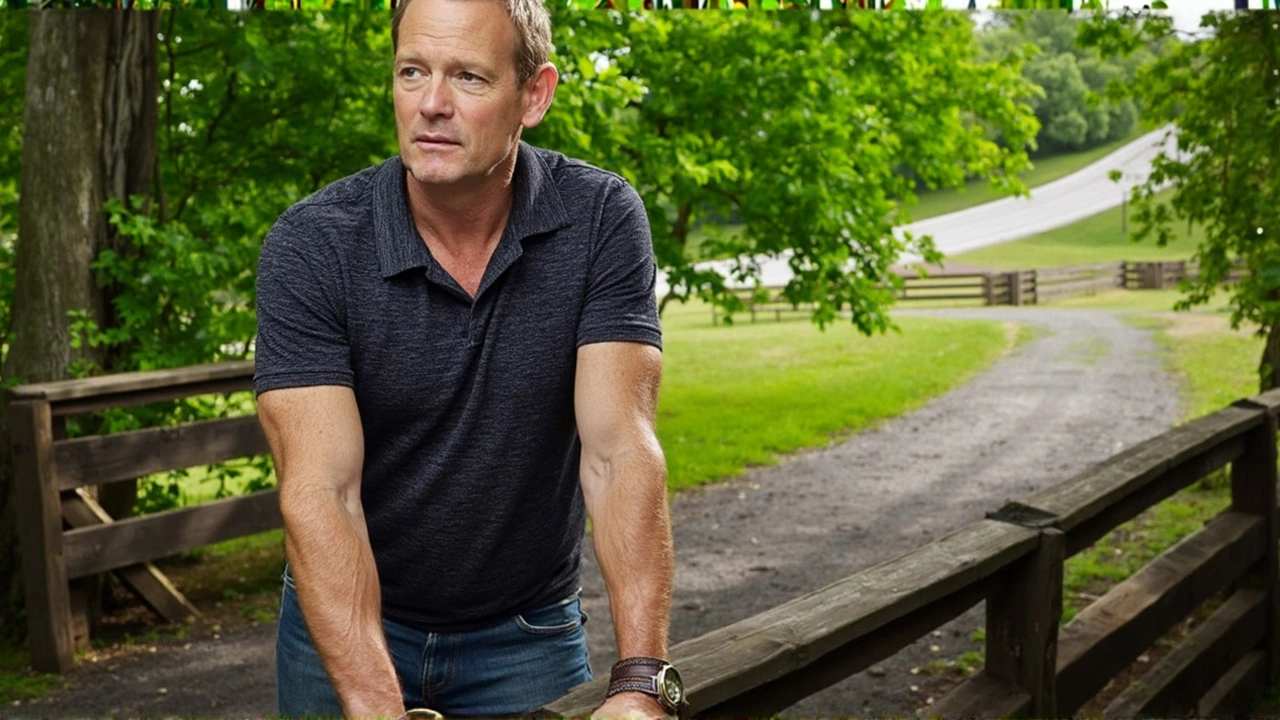Chordoma: what you need to know right now
Chordoma is a rare bone cancer that grows along the spine — most often at the base of the skull (clivus), the sacrum, or the mobile spine. It affects roughly 1 person per million each year, so many doctors won’t see it often. That makes knowing the basics and finding the right team key to getting good care.
What does it feel like? Symptoms depend on where the tumor sits. A sacral chordoma often starts as long‑standing lower back pain, sometimes with numbness or bowel/bladder changes. A skull‑base chordoma may cause headaches, double vision, swallowing problems or facial numbness. Spinal lesions can cause local pain and weakness or sensory changes along a limb.
How chordoma is diagnosed
If a doctor suspects chordoma, they’ll order imaging first. MRI is the best test to see soft tissue and nerve involvement; CT scans show bone changes. A biopsy is usually needed to confirm the diagnosis. Important: the biopsy should be planned with the surgical team so it won’t complicate later surgery. Getting care at a sarcoma or skull‑base center is worth the extra effort.
Treatment options you should know about
Surgery is the main treatment when the tumor can be safely removed. The goal is wide or en bloc resection when possible — that lowers the chance of recurrence. Complete removal isn’t always possible because of nearby nerves and vessels.
Radiation plays a big role after surgery or when surgery isn’t safe. High‑precision forms like proton therapy, carbon‑ion therapy, or stereotactic radiosurgery target the tumor while sparing healthy tissue. These options are more available now and can improve local control.
Systemic drugs (targeted therapy or immunotherapy) are not standard first‑line treatments, but some patients benefit from targeted drugs or clinical trials. Chordoma cells often show certain markers that trials try to target. If standard options are limited, ask about ongoing trials at major cancer centers.
Follow-up is long‑term. Chordomas tend to recur even years after treatment, so regular MRI checks are common — often every 3–6 months at first, then less often if stable. Your team will tailor the schedule to your case.
Practical tips for patients: bring all imaging and reports to appointments; ask whether your center does en bloc resections and advanced radiation; get a second opinion if you’re unsure. Ask about expected side effects, rehab, pain control and bowel/bladder support if the sacrum is involved.
If you or a loved one is facing chordoma, look for a multidisciplinary team — neurosurgeons, orthopedic spine surgeons, radiation oncologists, medical oncologists and rehab specialists. Clinical trials can offer access to new drugs and technologies, so ask early. You don’t have to handle it alone; specialized centers and patient groups can connect you with the right care and support.

Gary Sinise Shares Heartbreak Over Son's Rare Cancer and His Own Hollywood Hiatus
Keabetswe Monyake May 25 8Gary Sinise talks openly about losing his son Mac to chordoma, a rare spinal cancer, after a lengthy and emotional family battle. With the loss fresh, Sinise is unsure about returning to acting, choosing instead to focus on his family. The story sheds light on the hardship of rare cancers and their impact on loved ones.
More Detail